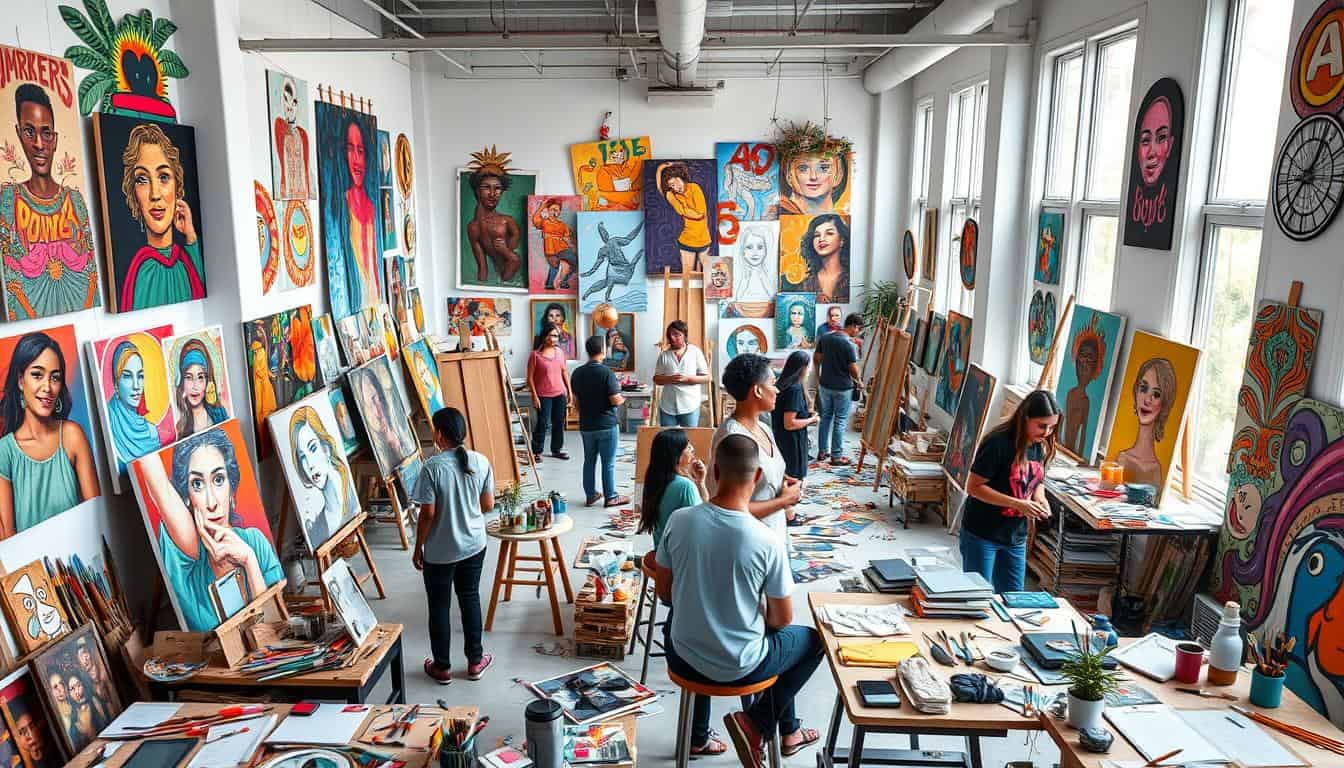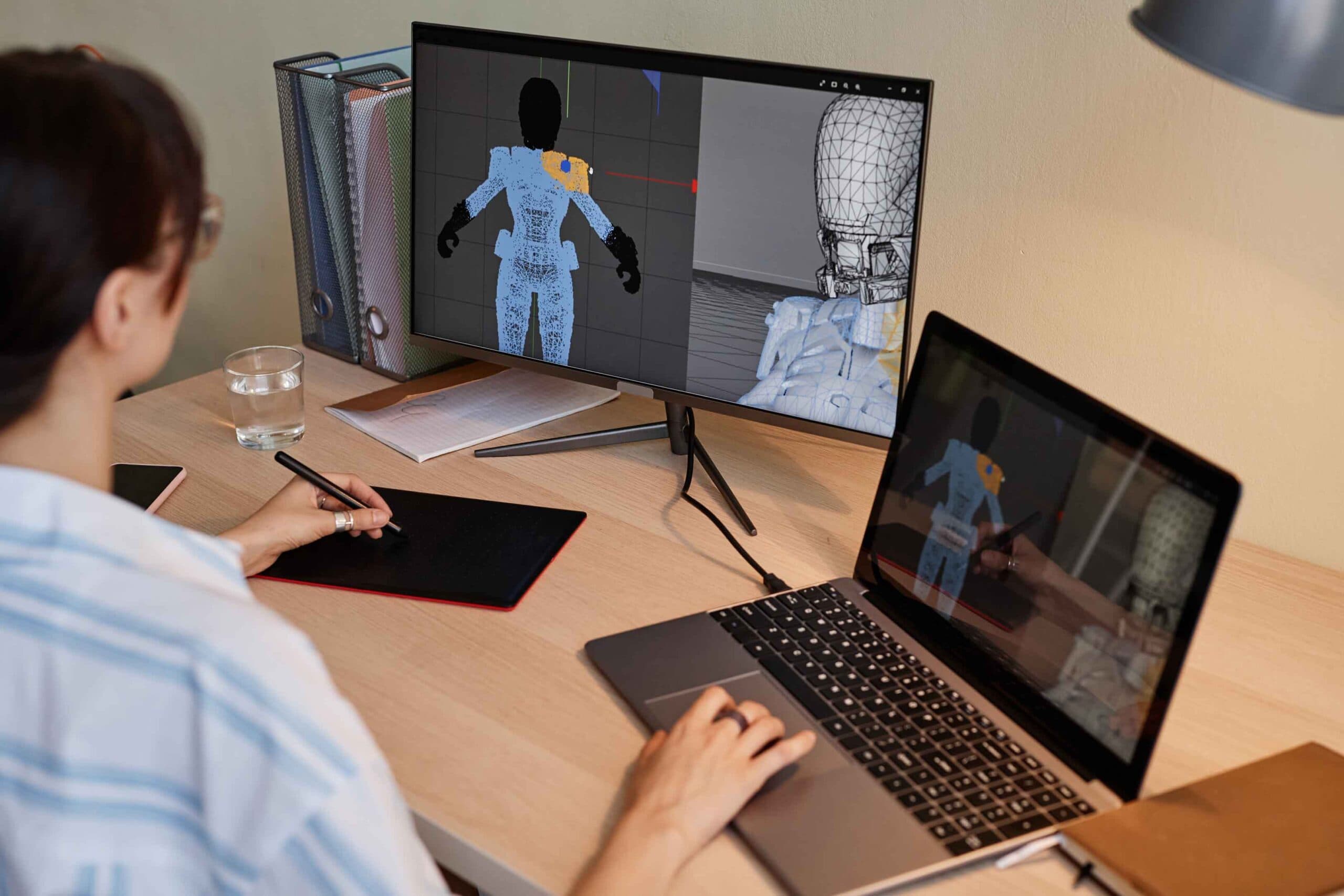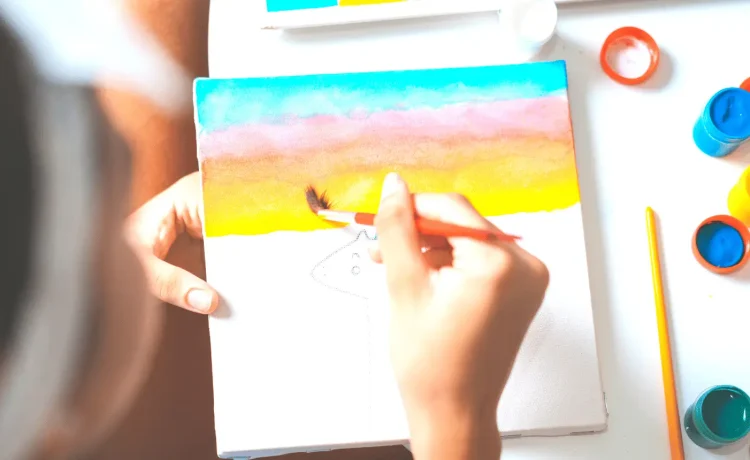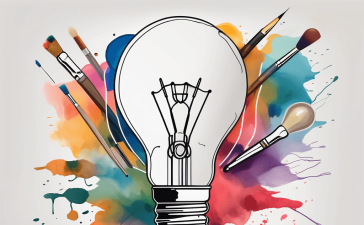In an age defined by technology, competition, and constant change, the arts remain one of the most powerful forces in education. From painting and music to theater, dance, and digital design, the arts cultivate creativity, critical thinking, and emotional intelligence—skills that are increasingly essential in the modern world. Arts education is not simply about producing artists; it’s about nurturing thinkers, innovators, and well-rounded individuals who can adapt, communicate, and lead with empathy.
Across the globe, educators and policymakers are rediscovering the importance of integrating arts into academic systems. Studies consistently show that students engaged in the arts perform better academically, demonstrate stronger problem-solving skills, and exhibit higher levels of confidence and collaboration. In short, the arts are not extracurricular—they are foundational.
The Power of Arts in Education
The arts serve as a universal language—one that transcends cultural, linguistic, and social barriers. While traditional education focuses on literacy and numeracy, arts education expands the scope of human expression. It helps students explore ideas, emotions, and identities that cannot always be captured by words or equations.
Artistic disciplines such as music, drama, and visual arts foster imagination, empathy, and discipline. They teach students how to observe carefully, express authentically, and persevere through creative challenges. In doing so, they cultivate both personal and intellectual growth.
Neuroscientific research also supports the cognitive benefits of arts education. Engaging in music, for instance, strengthens brain functions related to memory and spatial reasoning. Visual arts enhance attention to detail and pattern recognition, while theater improves verbal skills and emotional awareness. These are not abstract benefits—they translate directly into improved academic performance and life readiness.

Creativity as a 21st-Century Skill
In today’s innovation-driven economy, creativity has become as valuable as technical knowledge. Industries ranging from technology and engineering to business and healthcare are increasingly seeking employees who can think creatively and approach problems from new angles.
Arts education lays the foundation for this kind of creative thinking. It encourages experimentation, risk-taking, and divergent thought—key elements of innovation. When students are exposed to artistic processes, they learn that mistakes are part of discovery and that persistence leads to progress.
Steve Jobs once said, “It’s in Apple’s DNA that technology alone is not enough—it’s technology married with liberal arts that yields results that make our hearts sing.” His statement underscores a crucial truth: creativity is the bridge between imagination and invention, and it often begins in the arts classroom.
Arts Education and Emotional Intelligence
Beyond academic and creative skills, arts education plays a vital role in developing emotional intelligence—the ability to understand, express, and manage emotions. When students create or perform, they engage deeply with feelings, perspectives, and experiences, fostering empathy and self-awareness.
In a drama performance, for instance, students step into the shoes of different characters, gaining insight into diverse human experiences. In music, they learn to listen and collaborate harmoniously. In visual arts, they express complex emotions through color, texture, and form. These experiences build emotional resilience and communication skills—traits that are invaluable in both personal relationships and professional environments.
In schools where arts programs are strong, teachers often report improved classroom behavior, higher motivation, and stronger peer relationships. Arts education, therefore, is not only about cultivating artists—it’s about building emotionally balanced and socially responsible citizens.
The Academic Advantage
Critics sometimes argue that the arts distract from “core” subjects like math or science, but research consistently proves otherwise. According to the Arts Education Partnership, students who participate in arts programs are four times more likely to be recognized for academic achievement and three times more likely to attend school regularly.
Engagement in the arts enhances focus, discipline, and time management—all of which support academic success. Moreover, the arts often provide a bridge for students who struggle in traditional subjects. A student who finds mathematics challenging, for instance, may better grasp geometric concepts through visual design or music rhythm patterns.
Integrated arts education—where artistic methods are combined with science, history, or language studies—has proven especially effective. A history lesson taught through drama or storytelling, for example, brings the past to life and deepens comprehension. These interdisciplinary approaches make learning more engaging, memorable, and meaningful.
Digital Arts and the Future of Creative Education
As technology continues to reshape the world, the definition of “art” is expanding. Digital arts—ranging from animation and graphic design to film, virtual reality, and game design—have become powerful educational tools. They combine creativity with digital literacy, preparing students for the future workforce where design thinking and innovation are paramount.
Modern arts education programs increasingly emphasize STEAM (Science, Technology, Engineering, Arts, and Mathematics) rather than STEM alone. By including the arts, STEAM education bridges creativity and analytical thinking, producing students who can both design solutions and execute them with precision.
Digital art also democratizes creativity. With affordable software and online platforms, students around the world can experiment, collaborate, and showcase their work globally. Arts education, therefore, is evolving—not diminishing—in the digital age.
Social and Cultural Impact of Arts Education
Arts education also fosters cultural awareness and appreciation. In a globalized society, understanding diversity and different perspectives is crucial. Artistic expression allows students to explore cultural heritage, traditions, and social issues in meaningful ways.
Through art, students learn to value both individuality and community. Collaborative projects—such as murals, theater productions, or music ensembles—teach cooperation and respect for differing opinions. Arts education, in this sense, is a powerful tool for social cohesion and intercultural understanding.
Additionally, exposure to the arts nurtures civic engagement. Students who participate in community-based art projects or performances often develop a stronger sense of belonging and responsibility. The arts remind us that education is not only about personal advancement but also about contributing to society.
Challenges and the Need for Advocacy
Despite overwhelming evidence of its benefits, arts education often faces budget cuts and reduced support in schools worldwide. Standardized testing and limited resources push many institutions to prioritize measurable academic outcomes over creative development.
However, depriving students of the arts limits their potential. Creativity, empathy, and communication—skills developed through the arts—are increasingly valued in the modern economy. The challenge lies in convincing policymakers and educators that the arts are not optional but essential for a holistic education.
Advocacy from parents, teachers, and cultural organizations is vital. Partnerships between schools and local art institutions can help sustain programs and provide access to resources, mentors, and professional artists. By recognizing arts education as an investment in the future, societies can foster more imaginative, innovative, and inclusive generations.

Conclusion: Art as the Heart of Education
Arts education is far more than an academic subject—it is the heartbeat of holistic learning. It shapes the way students see themselves and the world, encouraging curiosity, compassion, and creativity. It bridges intellect and emotion, tradition and innovation, individuality and community.
In a time when artificial intelligence and automation are redefining work, the human qualities nurtured by the arts—imagination, empathy, and expression—will remain irreplaceable. The future will belong not only to those who can calculate and code but also to those who can dream, design, and communicate meaning.
Arts education reminds us that learning is not just about acquiring knowledge—it’s about understanding life. And through art, education becomes what it was always meant to be: a process of discovery, creation, and human connection.






